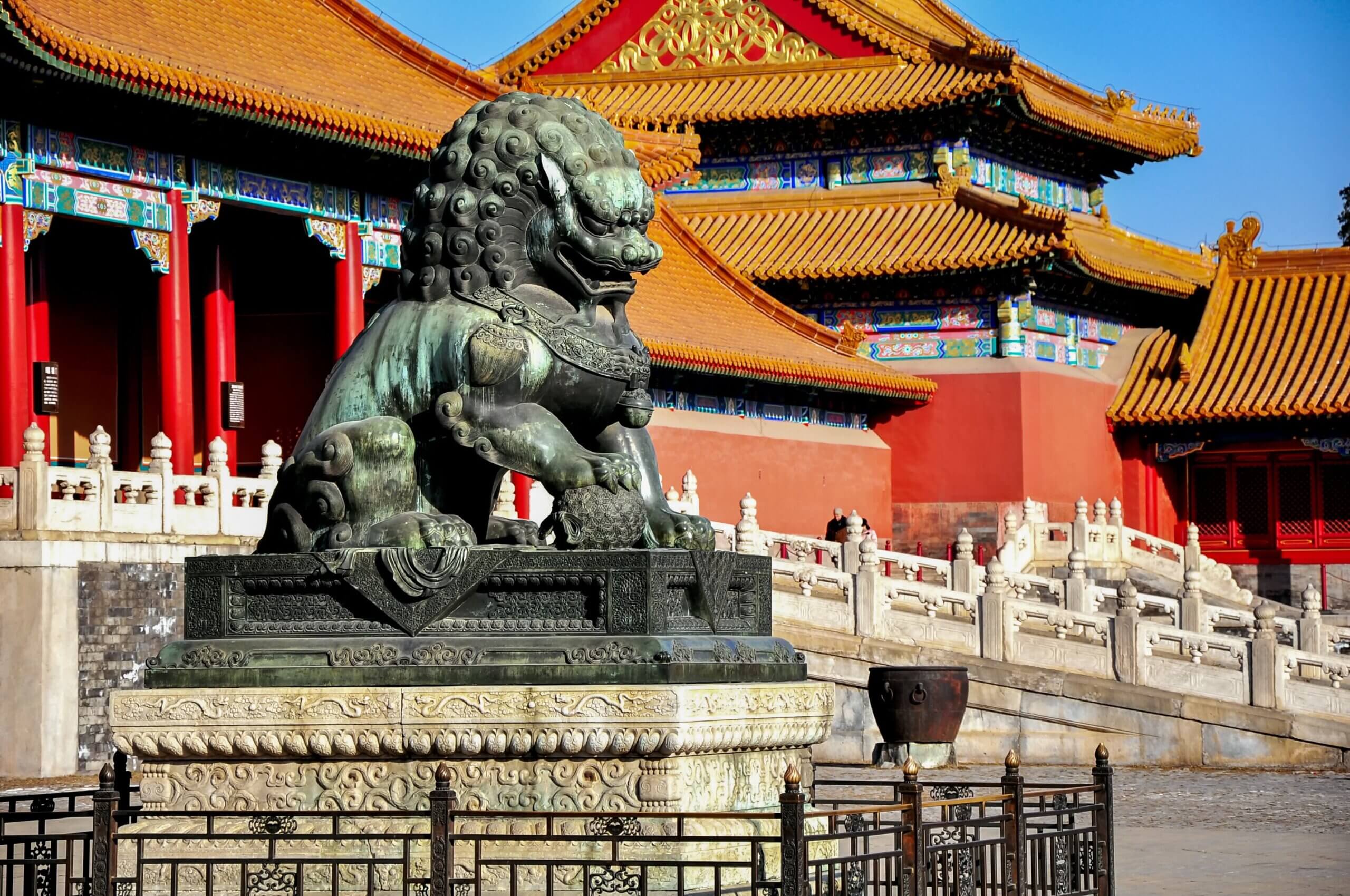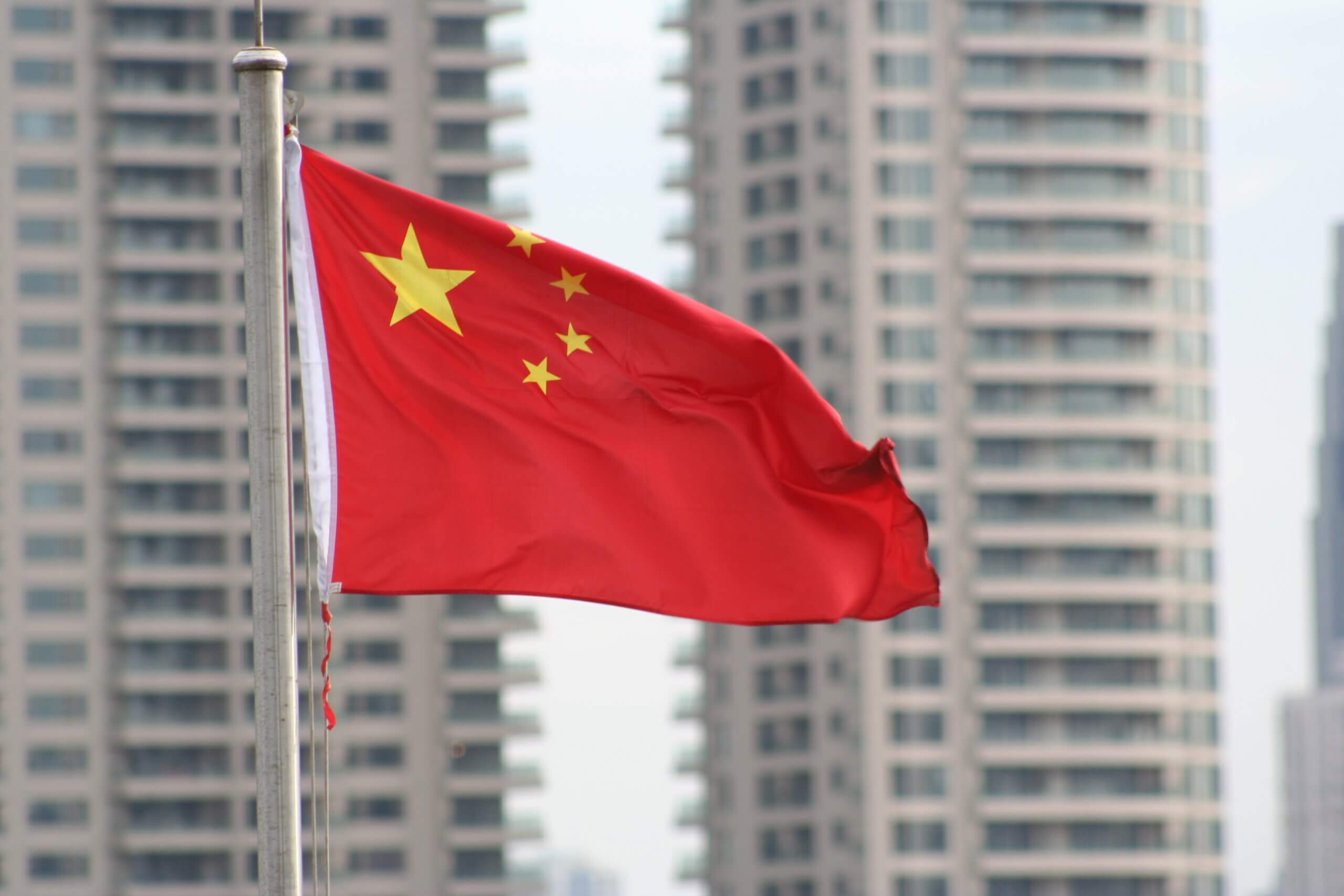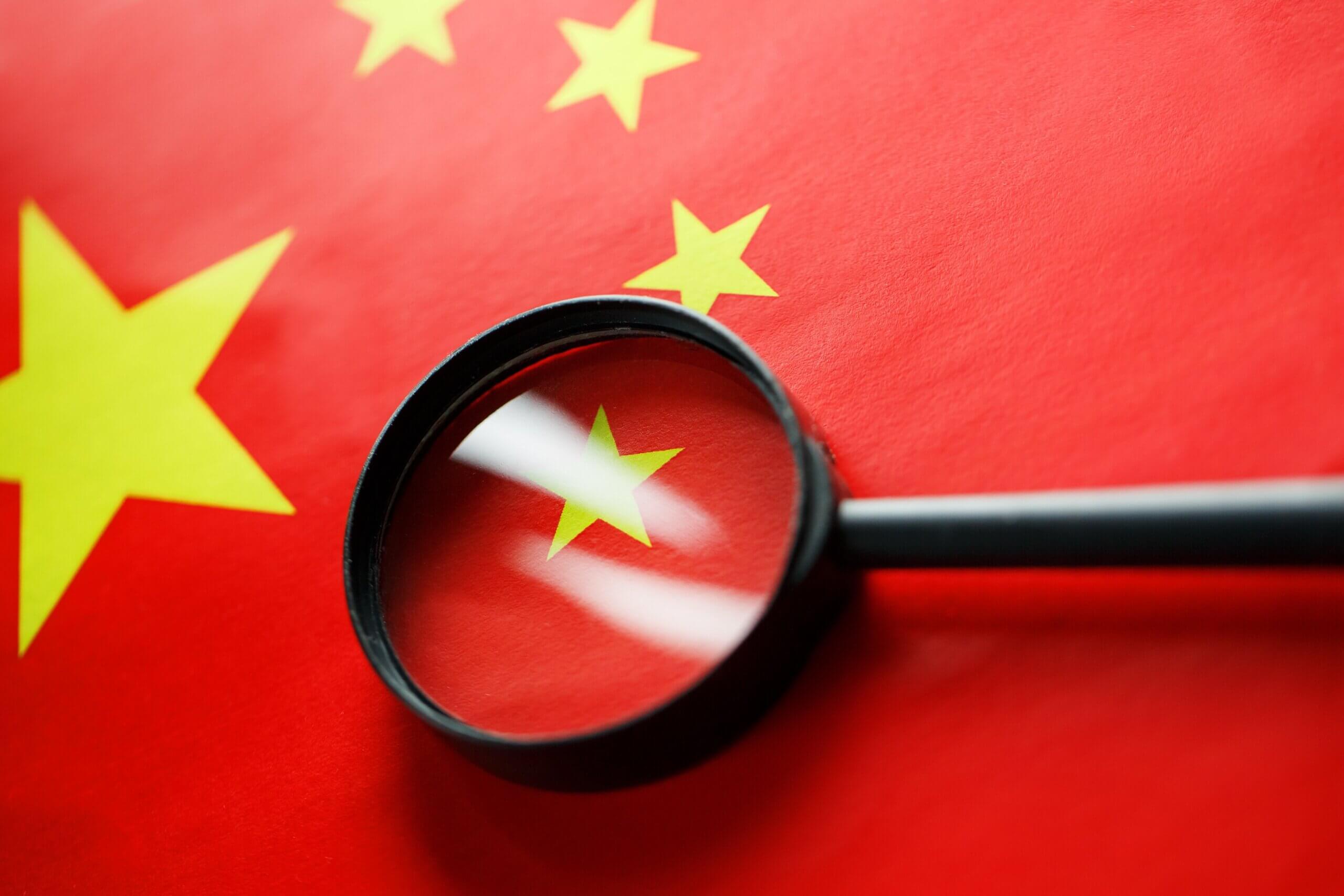What this is: If you have experience forming companies overseas, you will know that it is much more time consuming, difficult and expensive than forming domestically. China, in particular, has a reputation of being especially difficult, which is not surprising given the differences in culture, regulations and language.
What this means: However, even though it may take months (delays may occur for such infractions as signing with the wrong colored ink or not using a “chop[1]”), if your Wholly Foreign Owned Enterprise (WFOE) has the right documentation and goes through the correct process, it will eventually be approved and registered to do business in China.
What is a WFOE?
The WFOE is a limited liability company, and therefore its shareholders are responsible for the company to the extent of the capital contributions they have paid. It is wholly owned by the foreign investor(s). The registered capital of a WFOE should be pledged and contributed solely by the foreign investors (including those in Hong Kong, Macao and Taiwan). It is currently the most popular type of entity for foreign companies in mainland China as it allows for complete control of the operations of the business.
One of the most important issues in a WFOE application is business scope. The business scope needs to be defined, and the WFOE can only conduct business within its approved business scope, which ultimately appears on the business license. Any amendments to the business scope require further application and approval.
Why do I keep referring to approval as opposed to registration? Because the local governments, take Shanghai for example, work on an approval system, which simply means that the application may be rejected without the need to give a reason. It is therefore important that you fulfill the necessary requirements and accurately submit the mandatory documents.
Here is an overview of the basic requirements for forming a WFOE in China:
Name Requirements
The entity name should be as succinct as possible. Your corporate formation specialist will work with the local authorities to obtain approval of the name you want to use. Since a WFOE is a limited liability company, its name should be in the form of “Name of the Enterprise + Industry + Name of City + Company Limited.” Accordingly, a company registered in Shanghai will normally bear a name like “USCorp Software Development (Shanghai) Limited”. Name restrictions include:
- It should be in Chinese;
- Arabic numerals, foreign characters or alphabets are not allowed;
- It should not have content that contradicts national policies, damages social ethics, religions and culture;
- It should not have content which damages fair competition and misleads the public;
- Unless special approval is obtained, it should not contain the following restricted words: China, Chinese, National, State. “International” is a restricted word unless it is used to designate the industry in which the company is operating, e.g. “ABC International Trading Company Limited”.
Business Scope/Business Plan
As mentioned above, all WFOEs formed in China must have a clear business scope and must operate the business according to that business scope. It is illegal if they are doing business beyond the scope of business approved by China’s government.
The type of business scope will directly affect the list of required documents, procedures for setting up and the formation cost.
As part of the formation process, you will provide your corporate formation specialist with your five-year business plan. This will help them create and set out a business scope for you. This business plan should include but is not limited to:
- A narrative on the WFOE’s activities
- Services/products provided, and any likely changes on these services/products over the next 5 years
- Job descriptions
- Staffing
- Cash flow models
- Projected expenses, income statements and balance sheets.
Simplify international business with a single point of contact. Explore our International Corporate Services today!
Registered Capital
According to newly-amended company law released in March 2014, shareholders are free to agree on the amount of the registered capital, capital contribution time and portion in the Articles of Association.
Capital must be of private nature, as a public offering of capital is not allowed. All registered capital has to be paid in cash, physical assets or intangible assets.
Different regulations for different industries govern the minimum capital requirements and schedule of injection. Local auditors should be engaged to issue an audit report on capital injection.
Investor(s)
A minimum of one shareholder, either a corporation or a natural person, who must not be Chinese national, is required. If the investor is an individual investor, then his or her original passport needs to be checked by different government departments. Foreign passport identification pages will need authentication.
If the investor is an overseas company, its official business licenses, including Articles of Association, need to be authenticated by a China embassy or consulate stationed in that country.
Once you provide your corporate formation specialist with the ownership structure, he or she can request the correct corporate documents and shareholder’s personal identity documents.
Registered Address and Leases
Where will your WFOE be registered? You have two options for the registered address. The first option is to rent physical offices, and then all the licenses will be associated with this address. Be sure to provide a copy of your lease to your corporate formation specialist who will ensure that all is in correct order (i.e. Does the landlord own the property and have the authority to enter the lease? Is the proposed use of the property suitable for the premises? etc.) and register it with the local real estate authority. The second option to use a virtual address for company registration. However, it should be noted that China is strict with respect to one address being used by one company only.
Legal Representative
The legal representative is appointed by the shareholders and has the authority to act in the name of the WFOE. This person shall be one of the Directors, Executive Director, or Managers of the company and can enter into contracts and bind the WFOE. A local representative is not required.
Director(s)
A minimum of one director is required. This person is in charge of the overall management of the WFOE but not the day to day operations. The director must be an individual and can be of any nationality. A board of directors is not always required. For a small company, the general manager or legal representative is the CEO of the company and will be treated as having the power of the directors of the company.
There is no residential requirement for the directors.
While the legal representative and the director can be the same person, Chinese law requires that a supervisor be a different person.
Supervisor
The supervisor represents the interest of the shareholders and is not involved in the day-today operations of the WFOE.
Audit and Accounting
Accounting records are required to be kept in Chinese or Chinese with English translation. An annual audit by a local auditor is required.
Next Steps
The steps listed above are the basic requirements to form a WFOE. The specific procedures vary from region to region and are also dependent on your scope of business. Using Shanghai as an example, the first step is to register the name. Once the name is approved, then you can start applying for the various requisite licenses. These may include:
- Certificate of Approval by Ministry of Commerce or Foreign Economic Cooperation Bureau
- Business License with SAIC
- Organization Code License by Technical Supervision Bureau (TSB)
- Tax Certificate by Taxation Bureau
- Registration and approval with State Administration of Foreign Exchange (SAFE)
- Statistics license registration
- Import/export license (applicable for trading and manufacturing WFOE)
- Customs registration
You may also need to:
- Obtain chops made by Public Security Bureau (PSB)
- Open foreign currency and RMB bank account
- Inject capital from the investor’s overseas bank account
- Obtain Capital Verification Report by a Certified Public Accountant (CPA)
- Obtain financial certificate registration
You can see from the procedure set out above that there are many steps to forming a WFOE in China, and therefore, many opportunities for delay. Be prepared to allow for a 6-month set-up period before investing to do business in China.
[1] A chop is an official company seal and functions as the company’s official signature
Leave Us A Comment
Did you find this article useful? We'd love to hear your thoughts. Join the conversation by leaving a comment or question below.




We are planning to setup a Company in China or Hongkong . Our most suppliers are from Shenzhen ,Shanghai & Ningbo So where we have to do the setup in china or Hongkong We cant visit to china We are planning to club the material from the suppliers & move the shipment in the name of our china company . And we also want to open a china bank account to do the payments to the suppliers through that China bank account . We also need Import export licences . What are the Taxes & other charges to setup company in china or HongKong . How much is the Taxes of china govt & Hong govt (Please inform us the all details of taxes & all taxes which will
Thank you for reaching out to our team! We will get in touch with you shortly.